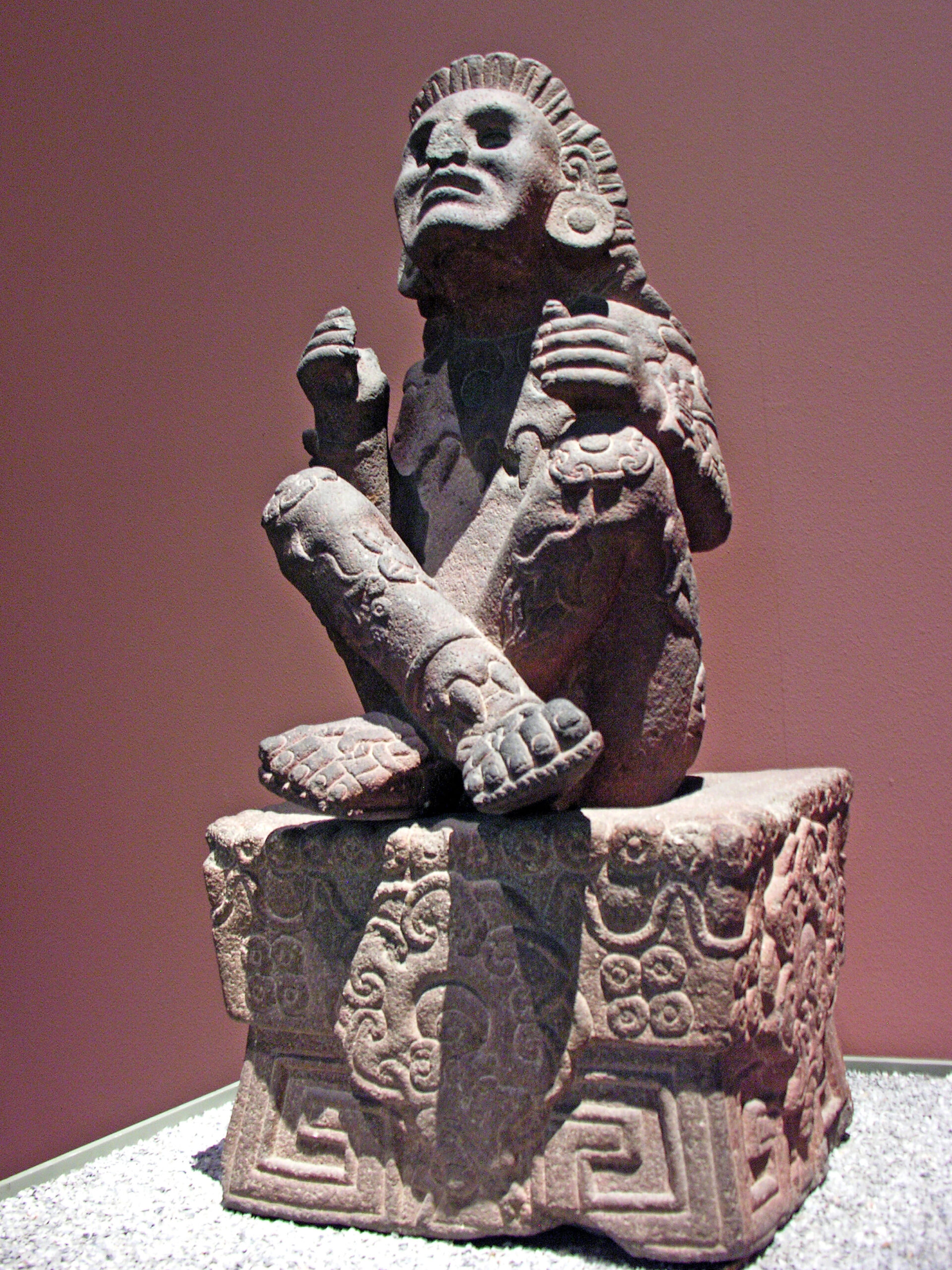The fall of the Aztec Empire is one of history’s most dramatic and captivating stories. Often depicted as a straightforward conquest by Spanish conquistadors led by Hernán Cortés, the real story is far richer and more nuanced. It’s a tale filled with alliances, betrayals, cultural clashes, and a touch of luck that transformed a magnificent civilization into ruins in just a few years. Let’s embark on a cheerful journey to uncover what truly happened behind the scenes of this legendary collapse.
Unraveling the Mysteries Behind the Aztec Empire’s Stunning Collapse
The Aztec Empire, at its height, was a marvel of engineering, culture, and military might. Yet, its downfall wasn’t simply a matter of Spain arriving with shiny armor and guns. Instead, it involved complex political intrigues, existing tensions within the empire, and the arrival of some unexpected allies. Cortés cunningly capitalized on these internal divisions, forging alliances with tribes that had long harbored resentment against Aztec rule. These alliances, particularly with the Tlaxcalans, significantly shifted the balance of power and set the stage for the empire’s surprising demise.
Another layer to the mystery involves the role of disease. Smallpox, brought by Europeans, swept through Tenochtitlán like wildfire, decimating the population and creating chaos. This biological catastrophe weakened the Aztecs’ ability to resist and created a sense of despair. Interestingly, this was a factor the Aztecs could not have anticipated—an invisible enemy that crippled their society more effectively than any sword or arrow. Historians often wonder how different history might have been had such diseases not played a role, but in this case, it was an uninvited player that sealed the empire’s fate.
Cultural misunderstandings and miscommunications also added to the drama. Cortés and his men, outsiders to the Aztec world, often misunderstood or deliberately exploited local customs and beliefs. For instance, the Spaniards’ use of tactics like psychological warfare and taking advantage of local religious conflicts played into their hands. The Aztecs, caught between their traditional worldview and the invasive newcomers, found themselves overwhelmed by a combination of military, biological, and cultural assaults—all leading to a stunning, almost cinematic, collapse that continues to fascinate us today.
A Cheerful Look at the Surprising Turn of Aztec History
Despite the tragic ending, there’s a cheerful twist to this story: the resilience and ingenuity of the Aztec civilization. Even after the empire’s fall, elements of Aztec culture persisted and transformed, contributing richly to Mexican identity. Today, Aztec art, language, and traditions continue to inspire and delight, proving that even in defeat, a civilization’s spirit can endure with a joyful resilience. Their legacy is a colorful tapestry woven through centuries, reminding us that histories are not just about endings but also about enduring legacies.
The conquest also sparked a fascinating exchange of ideas and cultures. The blending of Spanish and Aztec elements led to the vibrant mestizo culture we see in Mexico today. Food, music, art, and festivals reflect a cheerful mingling of traditions, turning tragedy into celebration. For example, the Day of the Dead festival beautifully embodies this blending—honoring ancestors with lively parades, colorful masks, and heartfelt music. It’s a testament to how history’s surprises can give rise to new, joyful cultural expressions that bridge worlds.
Finally, the story of the Aztec Empire’s fall invites us to see history through a lens of curiosity and hope. It reminds us that civilizations are complex and that even in moments of great upheaval, new beginnings can emerge. The resilience of the people, the cultural rebirth, and the lessons learned continue to inspire us today. As we reflect on this remarkable chapter, let’s celebrate the unexpected turns, the human spirit’s strength, and the cheerful resilience that can rise from even the most stunning collapses.





